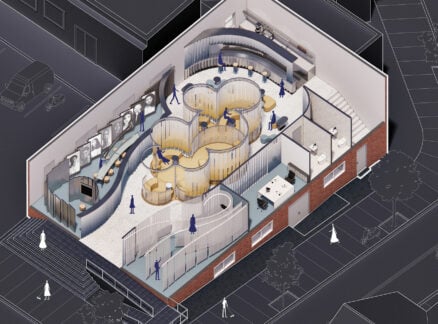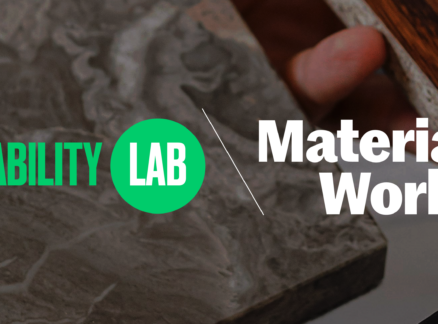October 1, 2012
Include
We challenge the design community to address the full arc of human life with its variety of needs.
New York City’s kneeling buses stop for people in wheelchairs and movie theatres provide them with empty spaces to pull into. On 23rd Street and Sixth Avenue, audible beeps signal the change from “‘Stop” to “Walk.” Curb cuts transition sidewalk to street, easing the way of parents pushing prams. These and other fixes to our built environment begin to recognize that we possess a large variety of abilities. But mostly what we see are piecemeal, engineered solutions. Where is the design?
It’s been 22 years since the U.S. Congress passed the Americans with Disabilities Act (ADA) in 1990, a far-reaching civil rights bill that was signed into law by Bush the elder. That voluminous document, amended in 2009, requires experts in the law and building codes to interpret it. It’s minutely prescriptive, an approach that’s innately anti-design. How did this happen? It started with so much promise for inclusion.
I remember Ron Mace, the highly persuasive but severely disabled architect, whose call to action inspired designers to tear down barriers at every scale. Everyone was talking about barrier-free design, universal design, trans-generational design, and accessible design. Clearly, design was to be at the heart of a new movement. But this didn’t happen. Compliance took the place of design, leading to such things as gratuitous Braille signs on hotel room doors, unsightly light switches in the rooms, and those cavernous and grab-bar-festooned bathrooms. Small, inadequate fixes to a vast design problem that needs to be addressed by teams of systems thinkers who integrate all our senses (in case we’re missing one or more of them) into every space we traverse and inhabit.
We began talking about universal access in the November 1992 issue of Metropolis; for decades it was the only full-blown public discourse to be had on the subject. Through the years we kept an eager eye open for beautiful, inclusive designs, but these were next to impossible to find. Now we’re taking action. With this issue we announce two initiatives to create full engagement with inclusive design. We invited seven design teams to imagine a fully accessible metropolis—the Brave New City—at every scale, from the transportation hub to the home. Their imagination, creativity, knowledge, and humor represent the best the design community can contribute to everyone’s well-being.
In this issue we also launch our Call for Entries notices for Metropolis’s 9th annual Next Generation Design® Competition, challenging those who will shape the 21st century to “Empower with Inclusive Design” and “consider 1.13 billion people with unique needs worldwide.” This is a vast cohort.
To get beyond the daunting numbers, we ask each young designer to find a close friend or a family member who needs their help and would benefit from their ability to create function and beauty. We ask them to personalize inclusive design. It’s the only way to break out of the shackles of compliance.
For more on the Metropolis Next Generation Competition click to http://www.metropolismag.com/nextgen/





